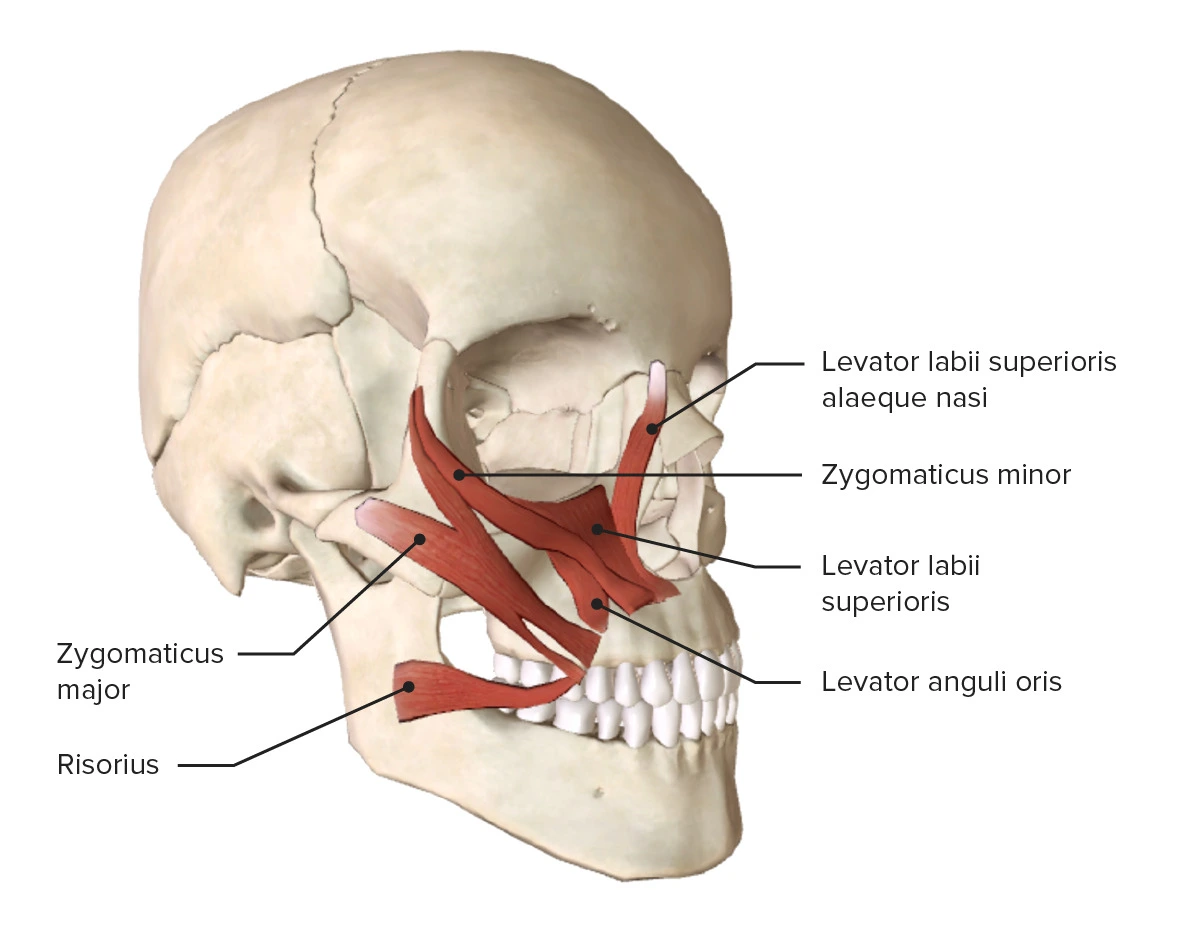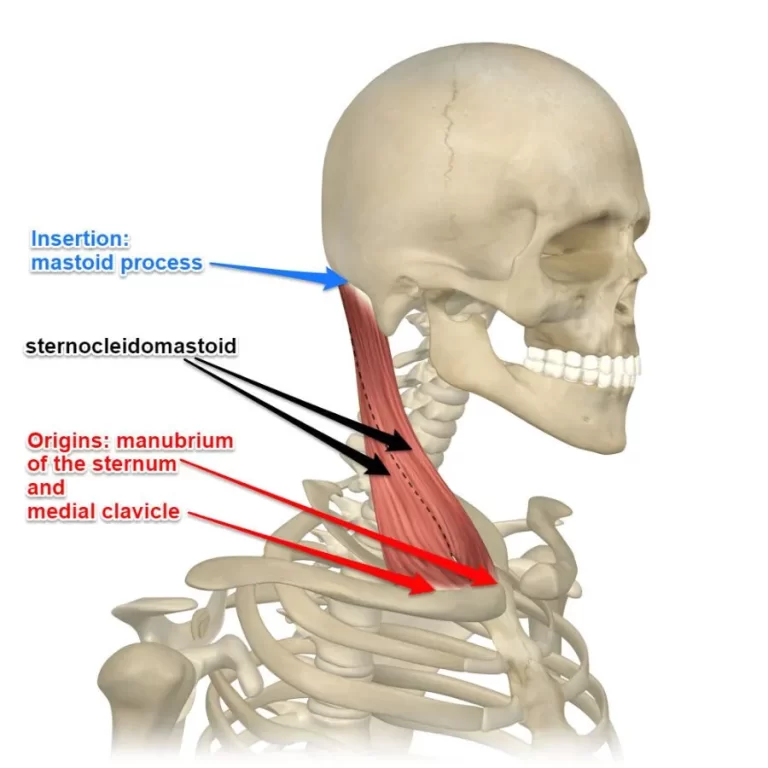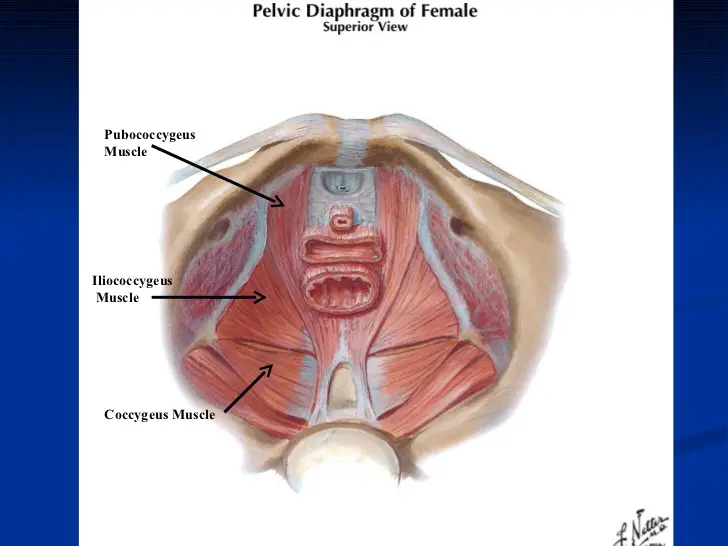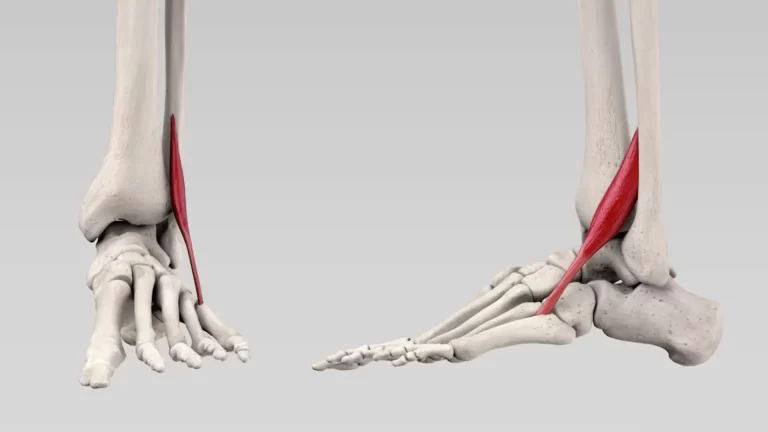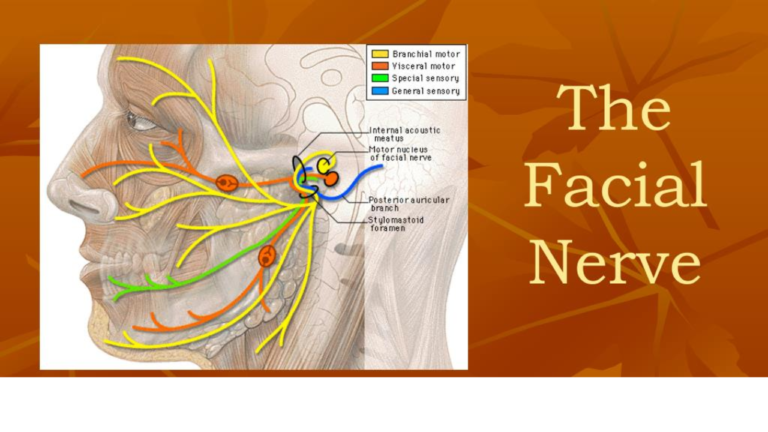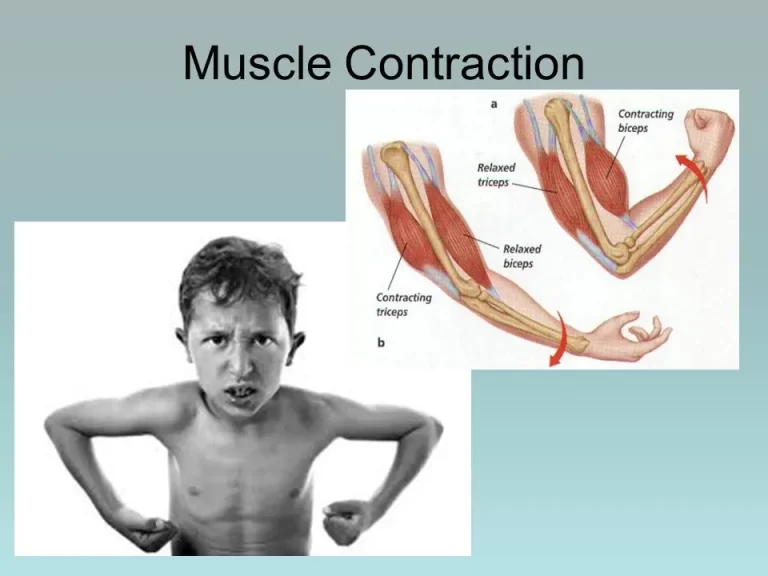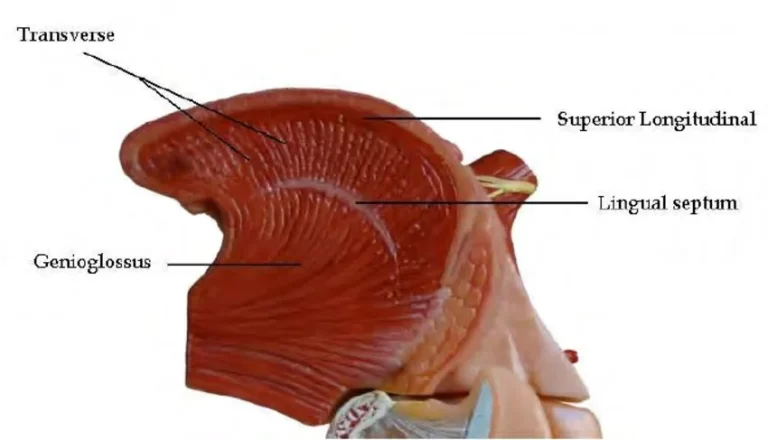Zygomaticus Major Muscle
Table of Contents
Zygomaticus Major Muscle Anatomy
Zygomaticus major is a muscle of facial expression that draws the angle of the mouth superiorly and posteriorly to allow one to smile. It is a thin paired facial muscle that extends diagonally from the zygomatic bone (hence the name) to the angle of the mouth.
Along with risorius, it contributes to laughing, which is why they are deemed the “laughing muscles”.
Origin
It originates from the anterior surface of the zygomatic bone.
Insertion
It inserts at the modiolus at an angle of the mouth.
Nerve supply
The buccal branch of the facial nerve (VII) supplies the muscle.
Action
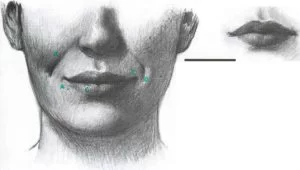
The main action of zygomaticus major is to pull the angle of the mouth superolaterally. It elevates and draws the angle of the mouth laterally.
Zygomaticus major creates the expression of smiling in combination with risorius. The nasolabial groove deepening occurs after this function.
The zygomaticus major’s movements are coordinated with those of the other muscles in the buccolabial group because of its attachment to the modiolus. This combines motions of the chin, lips, and cheeks to create a variety of expressions on the face.
Variation
A bifid variant of the zygomaticus major muscle can develop, consisting of two fascicles that are either entirely or partially distinct from one another yet nearby. It is believed that the bifid zygomaticus major muscle is what causes cheek dimples.
Cheek dimples
In some people, the zygomaticus major muscle is linked to the development of cheek dimples. The zygomaticus major muscle has several distinct variants that result in cheek dimples. Those who have zygomaticus major muscles that are divided typically have cheek dimples.
The zygomaticus major muscle can occasionally separate into two parts, generating two distinct bundles, before integrating into the connective tissue of the mouth corner. The duplication or bifurcation of zygomaticus major is the name of the split. Dimples appear when the skin over the split moves, such as while smiling.
Physiology
A normal muscle can contract with 200 g of force.
Strengthening Exercises
- Sit or stand in front of the mirror while performing the strengthening exercises so that one can see the movements of your facial muscles.
- Begin by pulling the corners of the mouth up toward the ears in the position of an extreme smile and then slowly release the smile.
- Repeat the exercise 20 times.
To intensify the exercise, one can add resistance by placing the backs of the index fingers by the corners of the mouth, palms facing away from the face. Pull the corners of the mouth upward, resisting the pressure of the fingers. Perform 20 reps.
Related pathology
In Bell’s palsy zygomaticus major muscle commonly paralysis.
In reconstructive surgery, the zygomaticus major muscle can be used to restore missing tissue, such as in lip injuries.
FAQs
The zygomaticus major’s primary function is to superolaterally pull the angle of the mouth. It aids speaking and produces facial expressions in concert with other buccolabial muscles. The zygomaticus major and risorius are known as the “laughing muscles” because they work together to make people laugh.
Zygomaticus major: It is a facial expression muscle that pulls the mouth’s angle superiorly and posteriorly to enable smiling. There is a significant variation that might result in cheek dimples called bifid zygomaticus major muscle.
The zygomaticus major muscle is named based on its location and function in the human anatomy. The name “zygomaticus” is derived from the zygomatic bone, which is also known as the cheekbone or the malar bone. This muscle originates from the zygomatic bone and extends down to the corner of the mouth.
the best way to exercise the zygomaticus major is simply to smile more often. Smiling is a natural and effective way to engage this muscle and keep it toned.
Similar to other facial expressions, a smile can be created voluntarily by the Zygomaticus major muscles or unintentionally in reaction to emotional or social signals.
A paired facial muscle that runs between the zygomatic bone and the angle of the mouth is known as the zygomaticus major muscle (Latin: musculus zygomaticus major). The other zygomatic muscle, known as the zygomaticus minor, is one of two zygomatic muscles. In the cheek region, both muscles are located near to one another.

